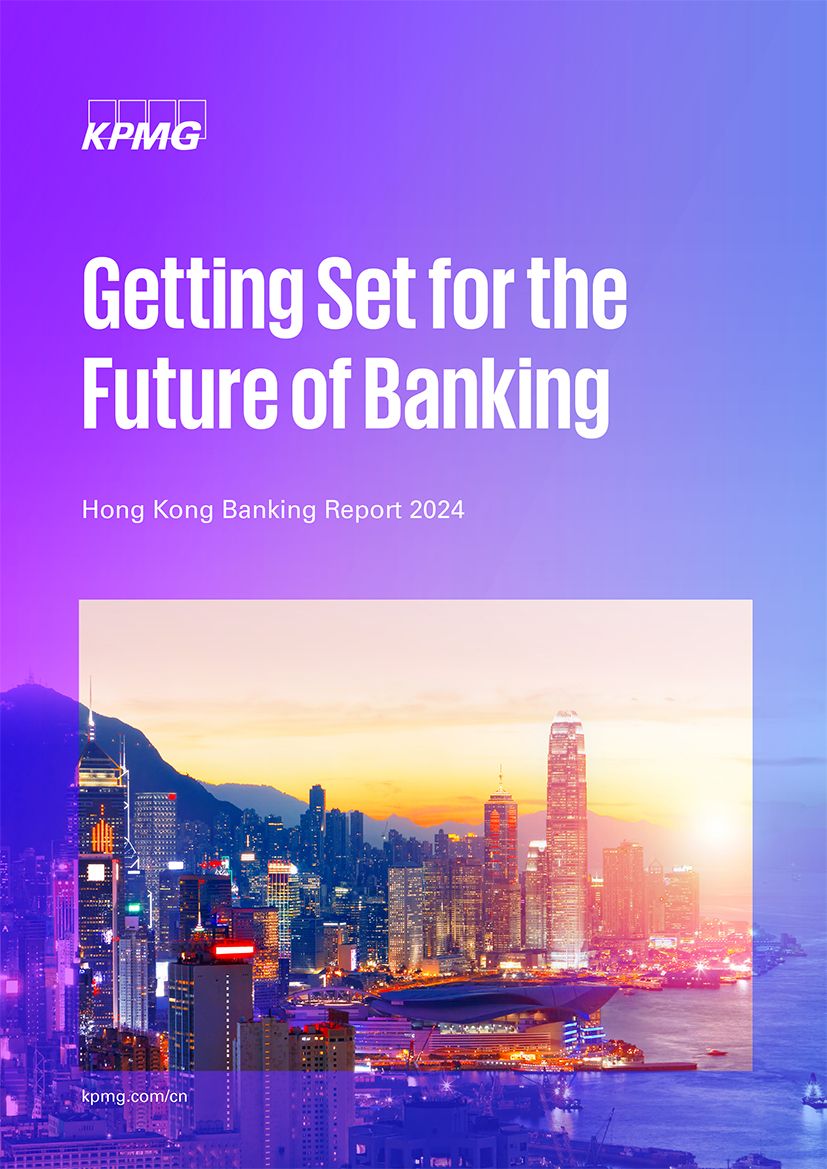Creating value and maximising profitability should be key elements of banks’ cost reduction programmes
An increasing focus on costs is a global theme for the banking sector according to a recent report from KPMG, which found that banks have clearly defined ambitious cost saving targets, with some aiming for 10% cost efficiencies over the next 12 months and up to 20% to 30% over the next three years1.
Banks have benefitted from a higher interest rate environment recently, but with anticipated reductions in rates and continued increase in costs, the challenge for managing costs and creating headroom for continued investment has become an imperative.
To achieve their ambition, leading organisations are focused on consolidating common capabilities, the elimination of non-value add activities, digitising key functions, reducing labour costs, and critically linking process metrics to customer outcomes.
Leading organisations are looking beyond more traditional cost reduction approaches to optimise their cost base. This requires the careful balance of creating value and reducing cost by making better strategic decisions on business models, products and services, and maximising profitability through front-to-back operating models.
Traditionally, Cost Income Ratio and Return on Equity metrics have been used to measure a bank’s financial performance. Removing the income variable and applying a customer lens to understand both Cost to Serve (CTS) and FTE per customer, means that the focus can evolve to address productivity and efficiency as well as profitability. Since Covid, the requirement to serve customers digitally has increased the CTS, yet, our research indicates, customer experience (measured by net promoter score) has declined.
Executing a cost optimisation programme begins with a strong understanding of where the cost base sits and the value that it is delivering. In our research, 86% of banks indicated that they have a strong understanding of this. More progressive organisations are adopting horizontal and vertical cost structures, aligned to value streams, to ensure that there is a connection between the needs of the business and the spend, and investments in the business are prioritised to deliver the best outcome.
Measuring the real costs that exist across the entire value chains and the options available for cost reduction will move the value equation in the right direction. Just focusing on cutting costs runs the risk of leaving functional elements underinvested and finding that costs begin to creep back into the business over time.
In this regard, banks have indicated that their biggest challenge in effecting change is the deep cultural challenge to achieving sustainable cost reductions. To overcome this, having a clearly defined strategy and mechanisms to drive commitment and actions with tangible metrics is required. This will ensure the impact expected is delivered, embedding a cost culture mindset across the whole organisation, from leadership buy-in to day-to-day operations.
The adoption of emerging technologies, such as GenAI, will be critical to unlock costs that have been difficult to access in the past. Banks expect AI to make servicing customers’ needs more efficient and effective. Despite their value, the size of financial investment required to implement new technologies is a concern and holding a number of organisations back. However, a lack of focus on innovation and investing in new capabilities could be a mistake from a cost reduction point value.
Beyond the front line, the next wave of cost transformation will extend to functions including risk, compliance, finance and marketing. Within the risk function, for example, new risks continue to emerge and evolve including cyber, ESG and geopolitical risks, requiring very different resources compared to more traditional risks. To maintain efficiency and effectiveness, the use of GenAI has become a top priority for these teams to help manage these risks. Use of outsourcing and offshore capabilities are being adopted for mature and standardised elements of the risk framework.
Increasingly, we observe more focus on controlling and optimising third party spend as a faster way to savings than what has sometimes been achievable with internal functions. Outsourcing has become another important lever in the effort to reduce costs, by becoming more central to operating models, following examples from other industries.
Cost and value management is a strategic capability that is required to help drive shareholder value. It is a core discipline that provides transparency of costs and investments benefits across the value chain. It needs to be fully embedded in the culture of the organisation, to support the daily operations and create value through better investment and transformation decisions, over the longer term.
[1] Beyond Savings: Cost optimization for the modern bank:
https://kpmg.com/xx/en/home/insights/2024/04/beyond-savings-cost-optimization-for-the-modern-bank.html
Financial Results
Compare the results of banks across a variety of metrics in the charts for each of the five categories of banks in Hong Kong
Performance Rankings | Licensed banks | Virtual banks | Restricted licence banks | Deposit taking companies | Foreign bank branches

Hong Kong Banking Report 2024
Report on the 2023 financial performance of banks in Hong Kong
Download PDF (4.4 MB) ⤓
Connect with us
- Find office locations kpmg.findOfficeLocations
- kpmg.emailUs
- Social media @ KPMG kpmg.socialMedia


